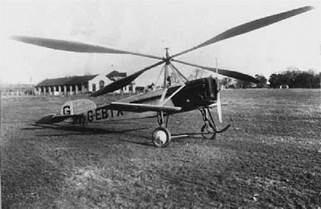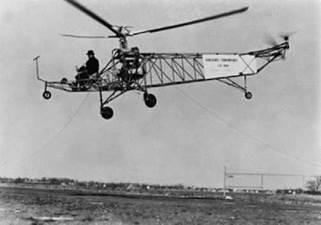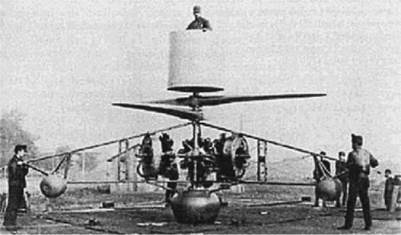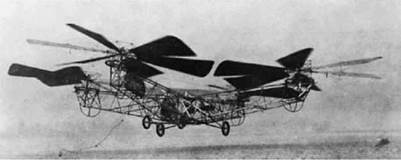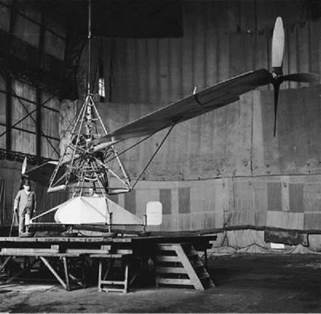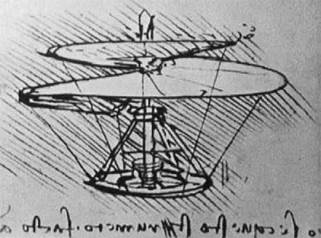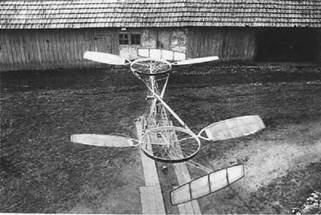The first edition of Basic Helicopter Aerodynamics was written by John Seddon and quickly found a place in educating new helicopter engineers and technologists in addition to undergraduates and postgraduates. Very sadly his early demise prevented him from seeing his creation develop. The publishers kindly approached me to conduct the first revision of the book and it was completed nearly a decade ago. It was a real pleasure to provide my own input to the book’s evolution; it was certainly daunting but I believe it still has a firm place in the helicopter world. This same daunting feeling returned about two years ago when the present publishers asked me to prepare a third edition. It is imperative in an introductory text, as this book is, not to take the reader too far into the fine details of the subject; however, it is being unfair to lightly touch on the subject and gloss over important factors which link the various theories and analyses together.
The linking of technical methods is particularly relevant in the helicopter since it is not possible to isolate the aerodynamics of the rotor and overall aircraft from the dynamic responses of the blades themselves. Each influences the other and the complete problem has to be solved.
In 1970, after graduating in mathematics, I arrived at Westland Helicopters in Yeovil to begin my career. I walked into a subject in which I had the mathematical skills but very soon became aware that I needed to learn how to apply that mathematical knowledge. I also soon realized that I was working with some very sharp minds and, with their help, encouragement and a wealth of experience became a colleague. It is due to their dedication and generosity that I came to build a career in helicopter aeromechanics – for which I will always be grateful. I was well schooled in the intricacies of helicopter rotors, initially by Geoff Byham, Ian Simons and Bob Hansford. As my career developed I enjoyed the company of colleagues Alan Vincent, Steve King, Tom Beddoes and John Perry.
I have had many interactions with other academics, researchers, those in the armed forces and a whole host of flyers, and they too have my gratitude. In academia I learnt a great deal from Geoffrey Lilley, Ian Cheeseman, Roddy Galbraith, Roy Bradley, Gordon Leishman, Gareth Padfield and Richard Brown. Working in the helicopter industry allows contact with experts in their field, such as the late Peter Wilby of the RAE, Tim Cansdale of dstl and David Lee of the Empire Test Pilots’ School. One of the great pleasures of working in a university is seeing young minds develop and I was lucky enough to see Ajay Modha, Malcolm Wallace, Mark Jones, Peter Knight and Matthew Orchard through their earliest days in helicopter research and into the aerospace industry. I sometimes felt a twinge of envy when, perhaps with another start, I could have made a greater contribution. However, they are the young minds that will define the future and I will leave it in their capable hands.
To create a book, you need help and contributions and I would like to detail them now. If we start with the text, then the staff of the university must be acknowledged. I am very grateful to
my Head of School, Mark Spearing, for encouraging me to undertake this task. I am in debt to my colleagues, Scott Walker and Hazel Paul, who have been instrumental in keeping me on the rails. Their contribution was to get a set of chapters assembled, in a sensible time, and which read well. This is vital for an introductory text. I owe them some favours. I was very fortunate to have David Lee of the Empire Test Pilot’s School check Chapter 8 and make valuable suggestions to help its readability. The book contains many images and while I was able to produce some myself, I needed to ask for the generosity of many skilful photographers to fill in the many gaps. David Gibbings of Agusta Westland has been very generous with his time in providing images and technical support. In digging around on the Web I encountered high – quality photographic work from Ashai Bagai, Steve Rod, Markus Herzig, John Olafson and Stewart Penney who kindly let me make use of their hard work. John Piasecki of the Piasecki Corporation was very supportive by providing two images of its compound helicopter designs. Christina Gotzhein of Eurocopter was very helpful in supplying two images of its helicopters either in the Himalayas or with their latest design – only just past its first flight! Paul Oelkrug of the McDermott Library at the University of Texas provided the image of the XC 142 and I am grateful for all of his efforts.
Finally, I would like to express my sincere appreciation of the US Navy and Air Force websites which contain a gallery of really outstanding images and which are placed in the public domain. They have made a significant contribution to the content of this book.
I would like to thank Debbie Cox and Eric Willner of John Wiley & Sons, Ltd for their encouragement and willingness to grease the works, which relieves me of many factors required to get a book onto the bookshelves.
I would also like to record my gratitude to one of their colleagues, Nicky Skinner. Nicky provided my main interface with John Wiley & Sons, Ltd and helped me enormously with the nuts and bolts that authors all too easily forget. She also lit the odd fire under me when my mind drifted onto other things and deadlines were approaching at an alarming rate. I was looking forward to seeing it through with her and only recently we met to go for the final push to the book hitting the shelves. She was young, bright and delightful and knew her job inside out, so it was with great sadness I learned that she had passed away, suddenly and all too early. In a fairer world she had her life before her and many authors to encourage and help over the finish line. It is a great shame that this can no longer happen and I would like to acknowledge the many, and valued, contributions she made to the genesis of this book. I will miss her charm and above all her smile. The task of getting the book from computer to the page requires a considerable effort from the production staff and I am very grateful to Genna Manaog for helping the book through its final run in to the printing press. The difference between what you want to say and what you actually say is always a problem. It takes a good copy editor to straighten out the words and I am indebted to Neville Hankins for his contributions.
I have one final acknowledgement to make. My wife Stella has provided me with considerable support over my working life but due to a severe illness has not been able to take part in putting this book together in the normal way. However, I have had her spirit with me throughout and I would hope that she would, under normal circumstances, have approved of the final result. I would like to dedicate this book to her.
In looking at the final version of this book, I am reminded of the long road I have travelled. I started working on helicopters because, quite honestly, I had but one job offer after graduation and that was in the Aerodynamics Research Department at Westland Helicopters. So on 2 September 1970, wearing a brand new suit from Dunn and Co., and on a sunny morning in Somerset, I plunged headlong into the subject. So writing this on 18 February 2011, there are 41 years gone by; sometimes it feels like 141 years and sometimes like 41 days. In either case it has been interesting, difficult, frustrating, maddening but ultimately worthwhile, enlightening, humbling and fun. I have said earlier that I have had support from many colleagues and I consider that I have been lucky indeed. I hope there are still more hurdles to clamber over and while there is a neuron or two left I will keep at it. To you the reader, there is still much to do and I wish you well. I sincerely hope that, in reading this book, you will be encouraged and stimulated. It will never be easy but then, if it was, there would be no satisfaction. If you keep at it there will be the occasional Eureka moment and those are the times when you will feel fulfilled.
Bon voyage.
Simon Newman Winchester March 2011











